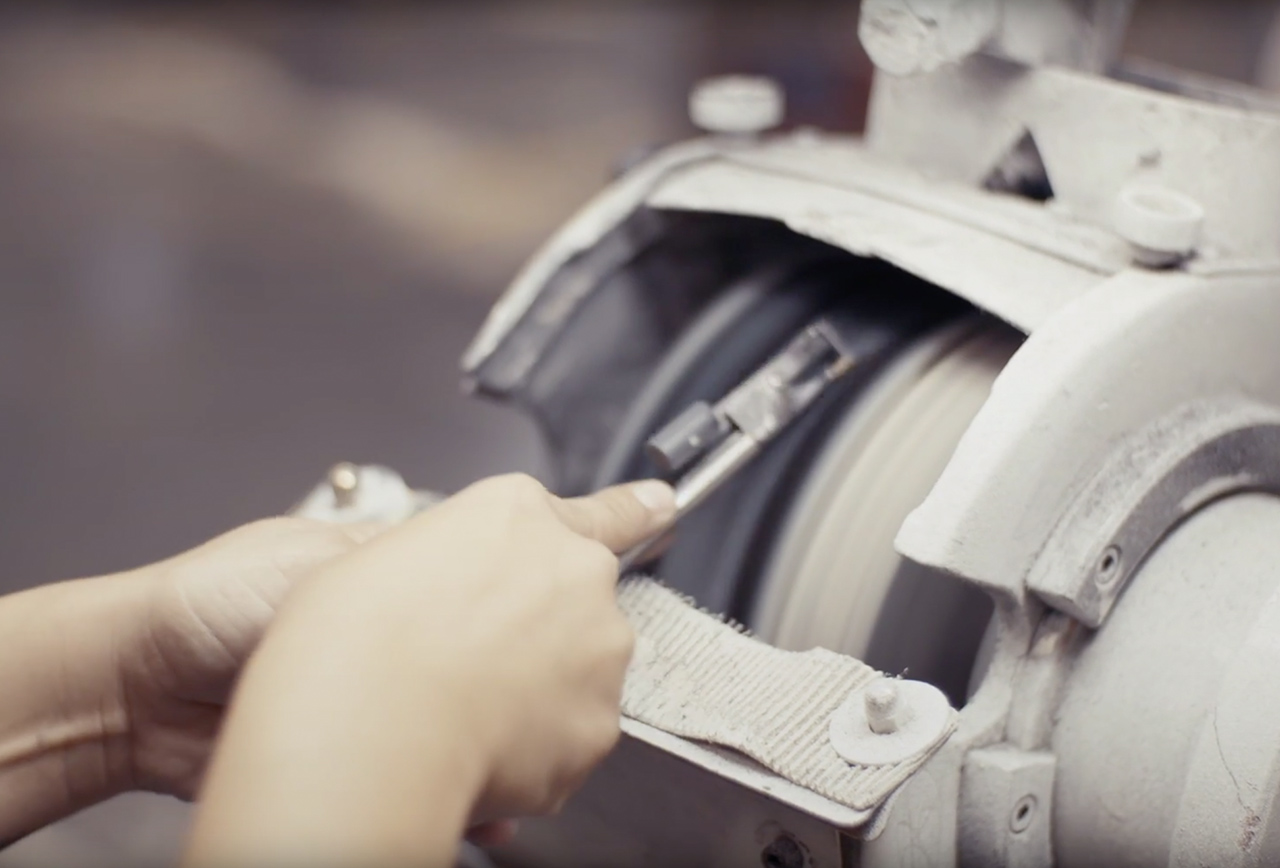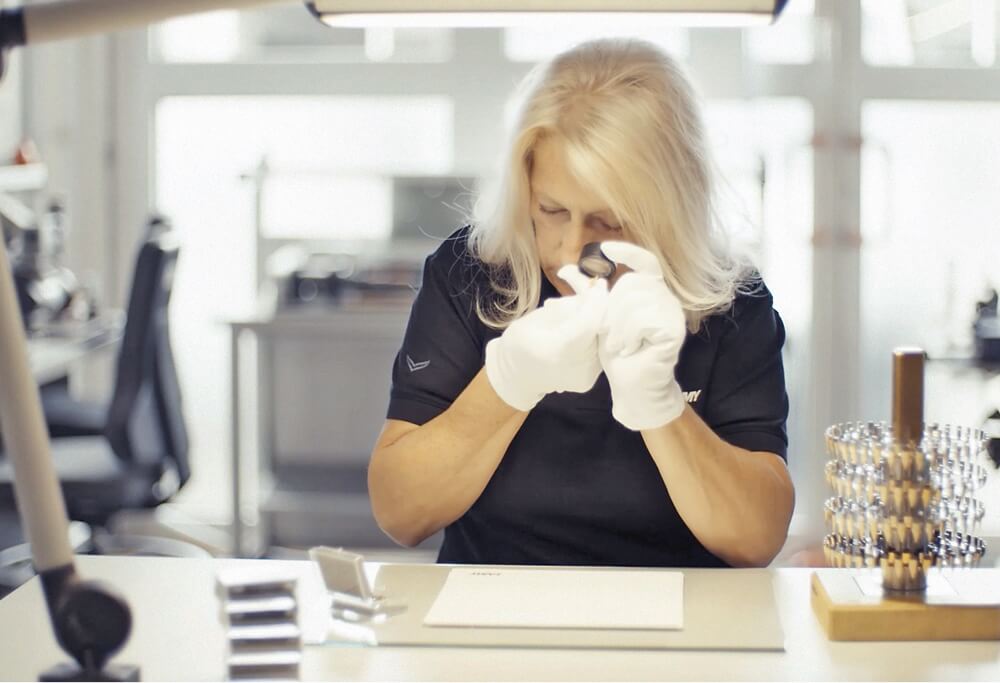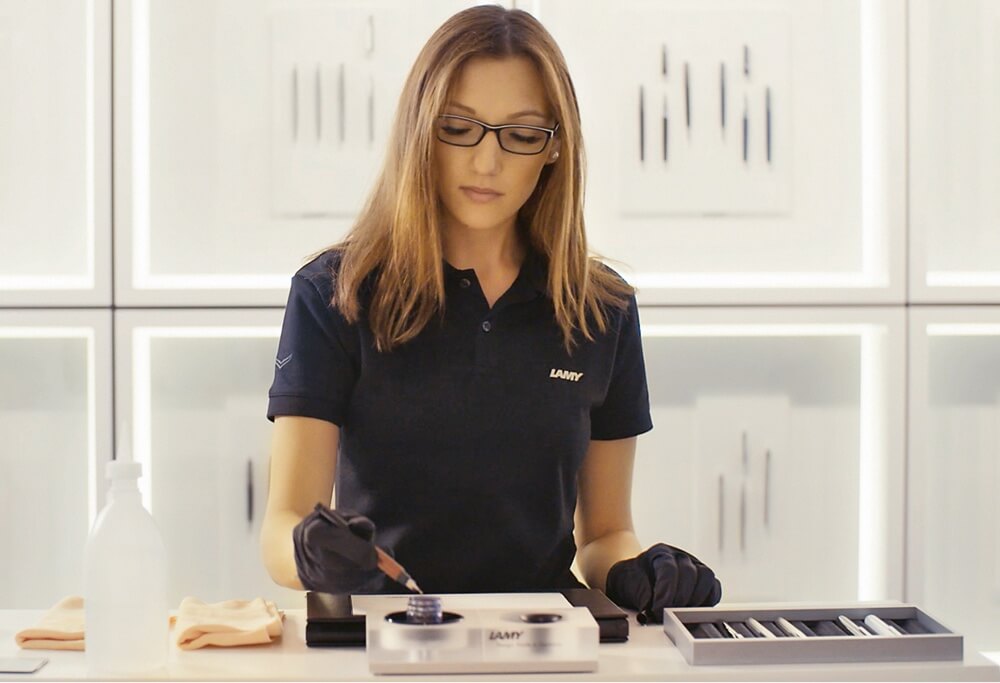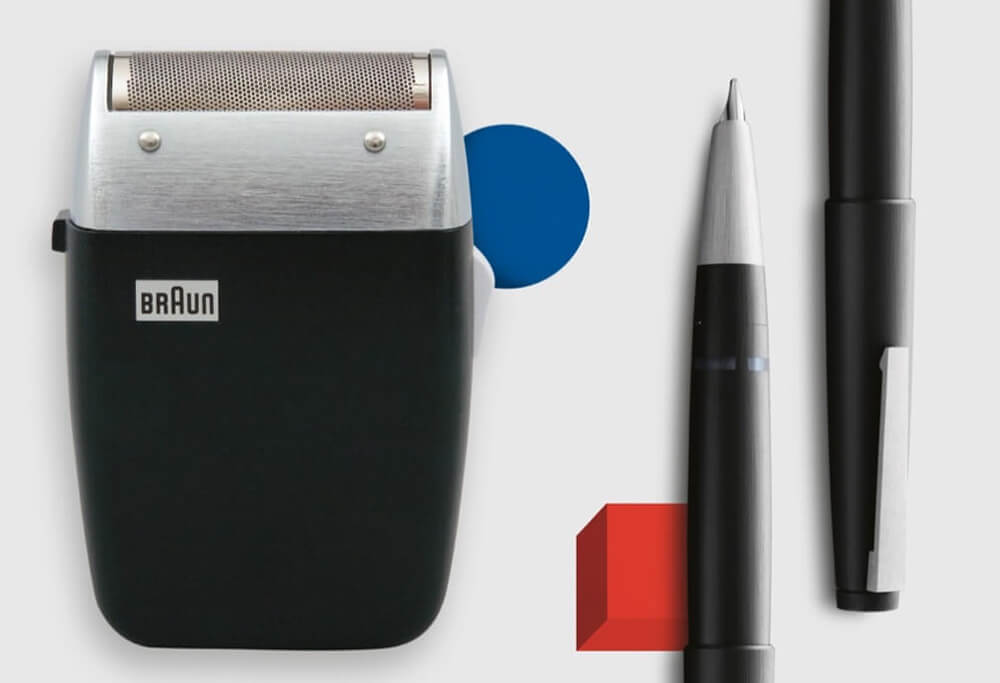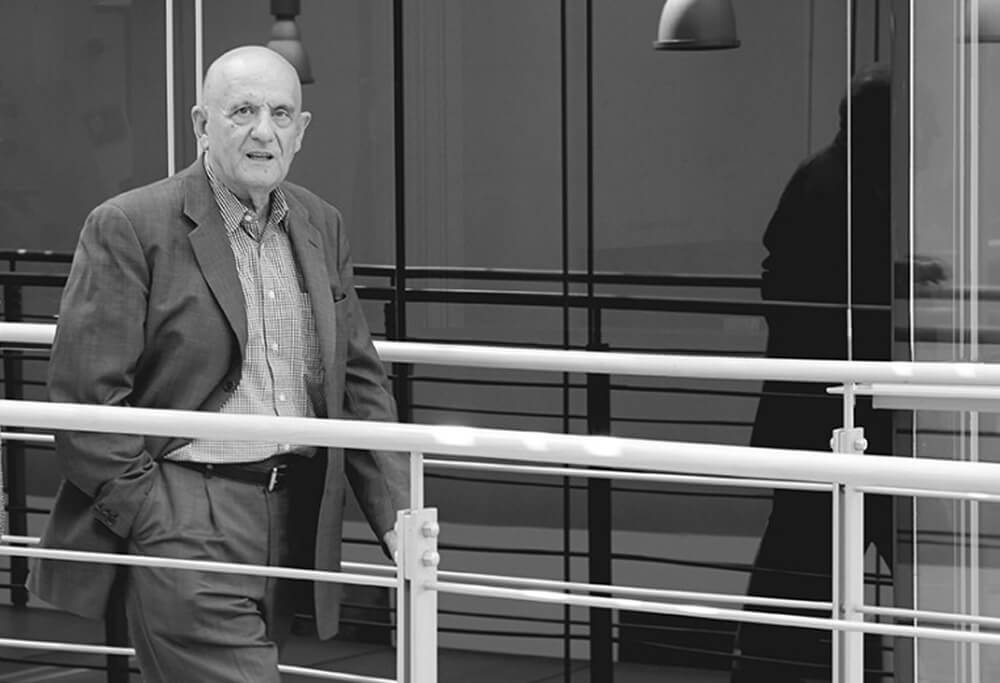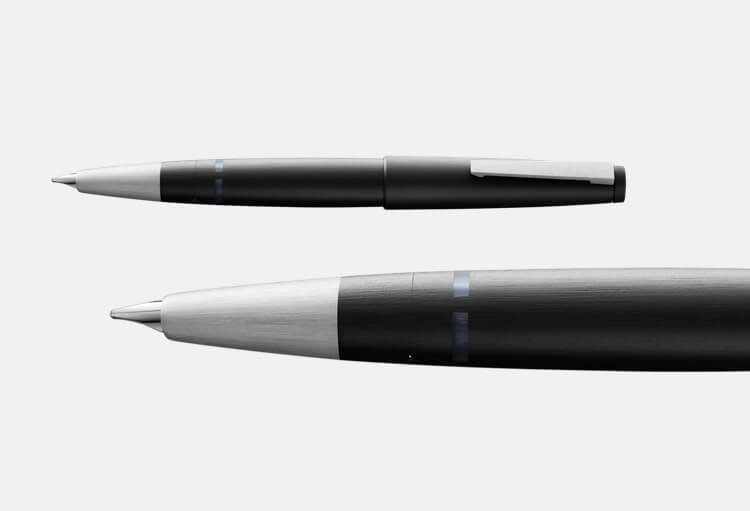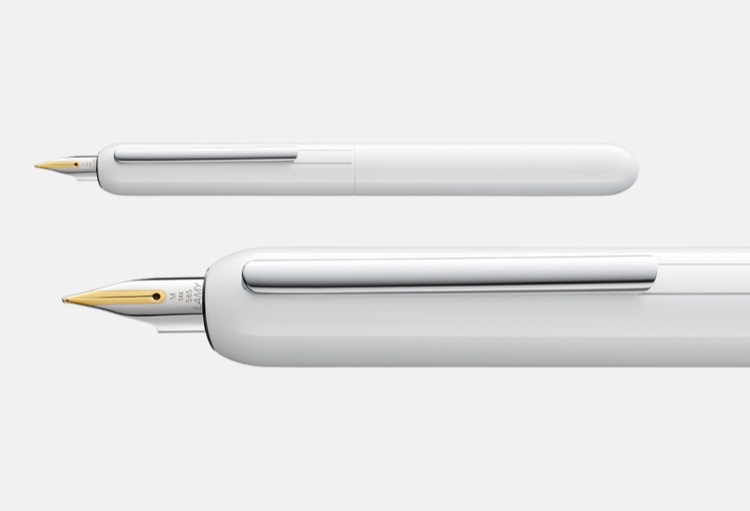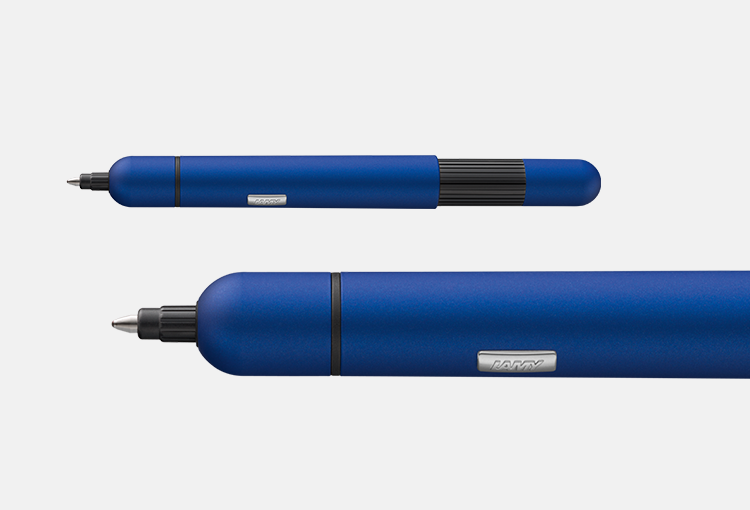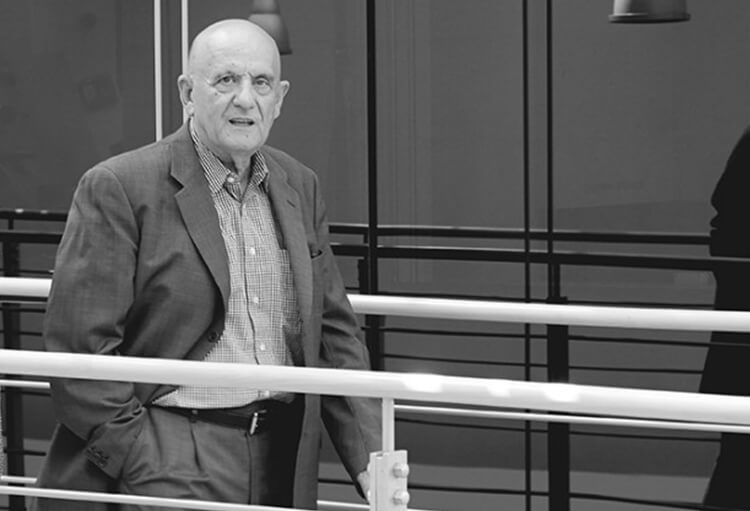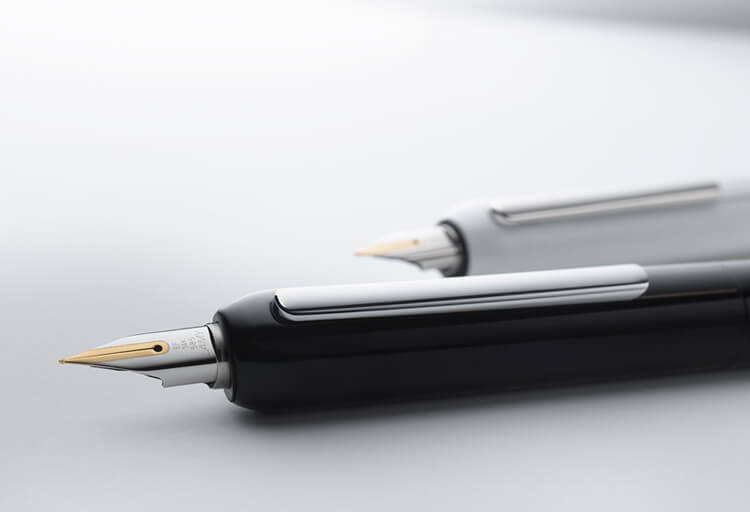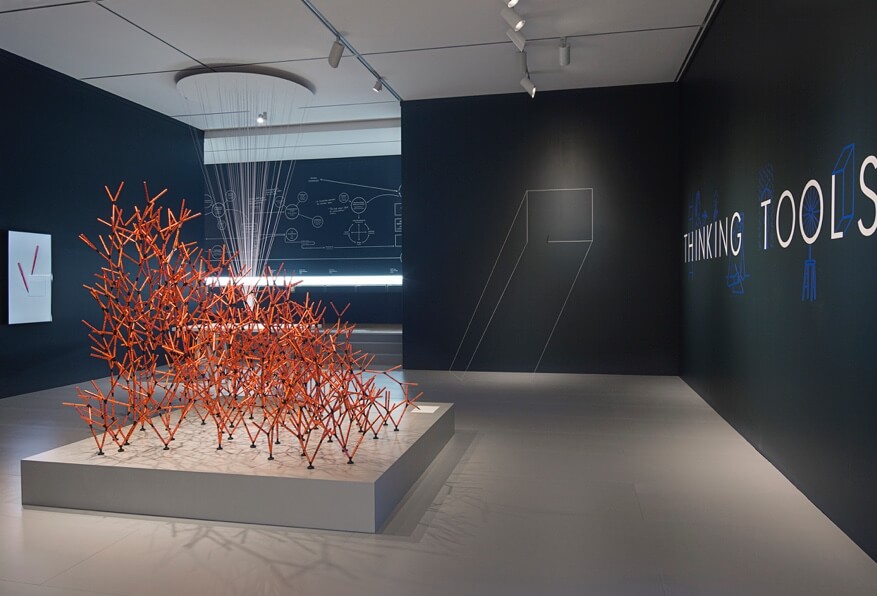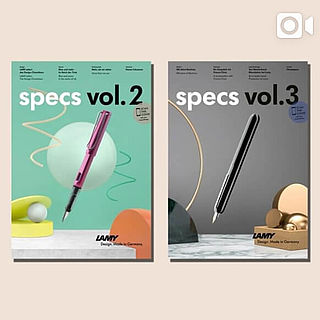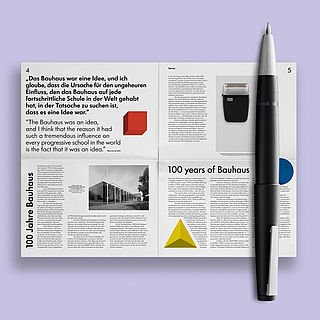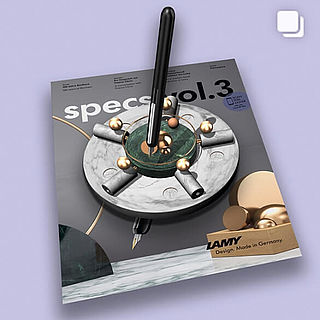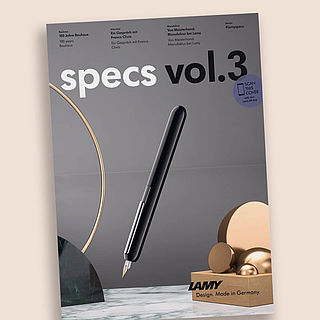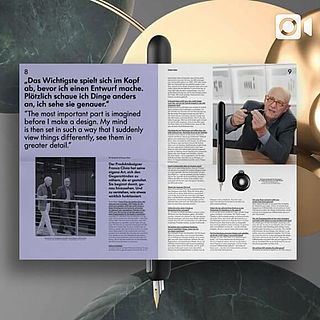By a master hand: Production at Lamy
The human hand is an evolutionary stroke of genius. Its precision and sensitivity are unique. That is why it is also indispensable in the manufacturing of writing instruments.
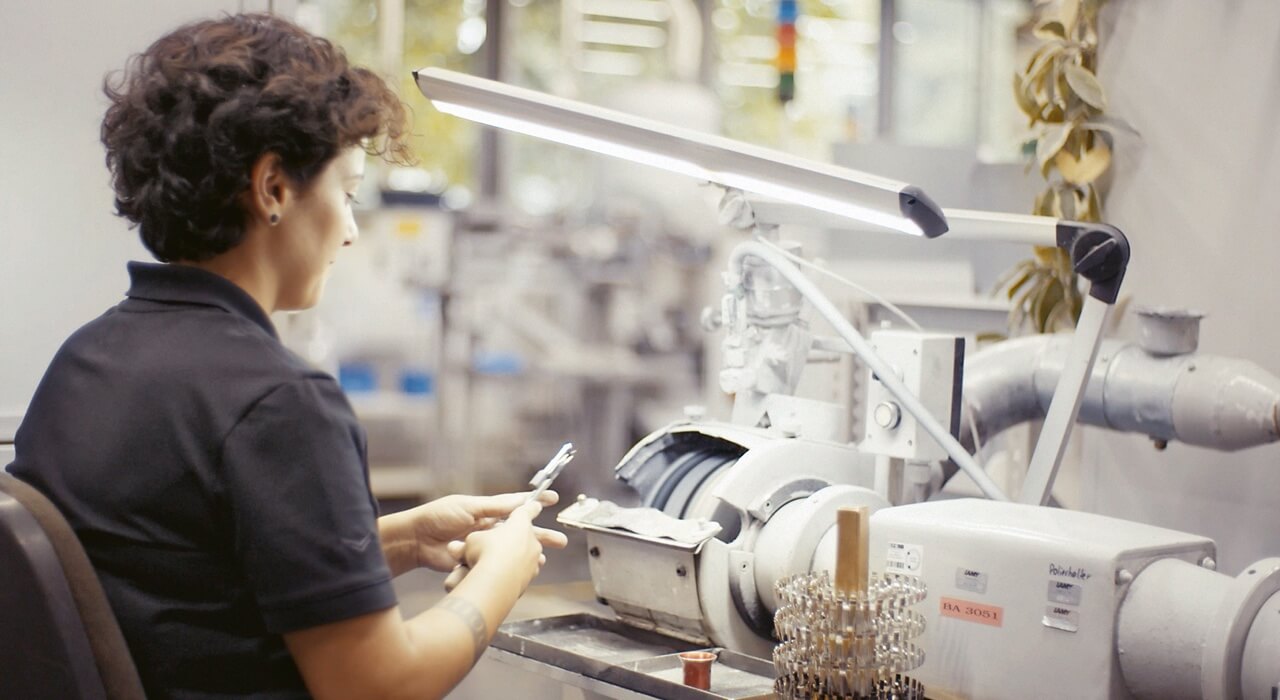
As the fingers of a pianist have the ability to elicit the most diverse timbres from the 88 keys, this is not only thanks to virtuosity and talent – it is also thanks to a complex network of nerve cells and receptors. Our hands, and above all the sensitive finger tips, feel every fine impulse – pressure, friction, vibration – and feed them to our brain within milliseconds.
Our hand touches, feels – and learns. It is well ahead of most machines, which carry out processes precisely, but always in the same manner.
And it has an accomplice, which complements its sensory impressions in a congenial way: the eye.
That is why manufacturing always has an important status in production at the Lamy factory, despite advancing mechanisation. Hand and eye take over where experience and literal tact are required: with fine and detailed work such as grinding or polishing of surfaces, in assembling delicate and detailed components, in quality control.
Examples of models which require a lot of craftsmanship are the LAMY imporium, the LAMY studio, the LAMY dialog 3 or also the LAMY 2000. “For every product there are, in our factory, specially equipped workstations at which only a few, specially trained employees are at work”, says Managing Director Peter Utsch, who is responsible for production and logistics in the company. It is no different today than it was earlier. “The workstations for the LAMY 2000, for example, are over 50 years old – and basically unchanged.”
The special, matt brushed surface of the LAMY 2000 is produced by repeated grinding and polishing. A process in which the writing instrument is guided over the grinding belt by hand. “The special challenge is in producing an absolutely even finish”, according to Utsch. This is particularly the case at the transition between the body, which is made from Macrolon, and the grip, which is manufactured from stainless steel. “That requires a finely developed feel and an experienced eye, which can only be attained with lots of practice.”
Gold nibs are inspected with a magnifying glass for scratches and pressure marks.
The production of the LAMY dialog 3 fountain pen is just as demanding. This manages without a cap – thanks to a twist mechanism with which the nib can be retracted. When twisted again, the nib slides out of the inside while at the same time the clip on the cap retracts. Handicraft is indispensable in order to guarantee the precision of this motion sequence. The nib system on every single LAMY dialog 3 is individually adapted, so that each nib and clip are exactly aligned.
Handicraft also plays an important role in the manufacturing of the nibs – particularly the gold nibs. “There is a simple principle”, says Peter Utsch. “Components which closely and directly address our senses can only be assessed by a human with regard to their quality.”
This is particularly the case with nibs, which have the greatest influence on the individual writing sensation. “The writing test of a fountain pen is always done by hand, because the evaluation of its quality depends on the interplay of various sensory impressions.” Does the nib glide smoothly over the paper, is the ink flow even, the handwriting clear and without glitches? “It would be unthinkable to leave this process to a machine.” That is why in the 21st century, Lamy relies on the unique skills of the human senses, the eyes and – the hand.
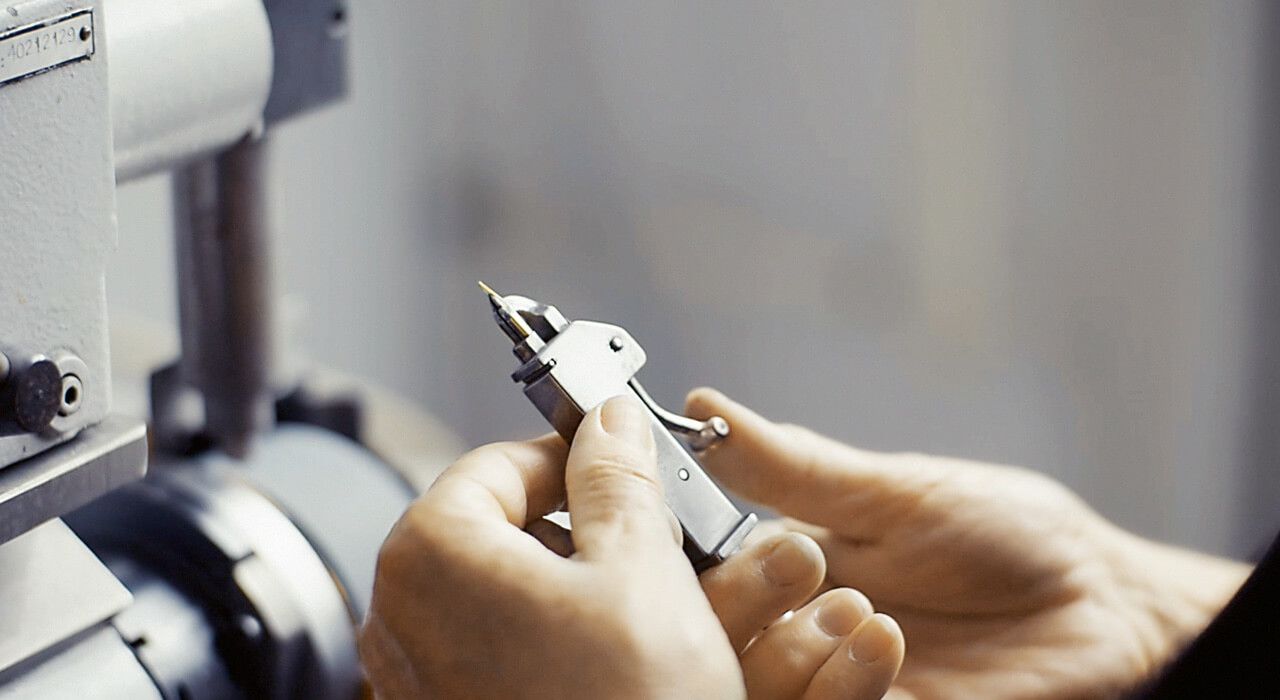
Testing the gold nibs by hand
